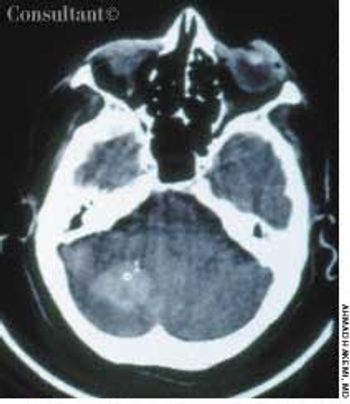
Calcium channel blockersare commonly prescribedto treat severalcardiovascular diseasesand may be helpful inother conditions, such as migraineand bipolar disorder.1 These agentsare associated with numerous clinicallysignificant drug interactions.1-3While some of these interactions,such as the effect of verapamil onserum digoxin concentrations, arewell-known, others are not widely recognized-yet warrant attention.
















































































































































































































































































